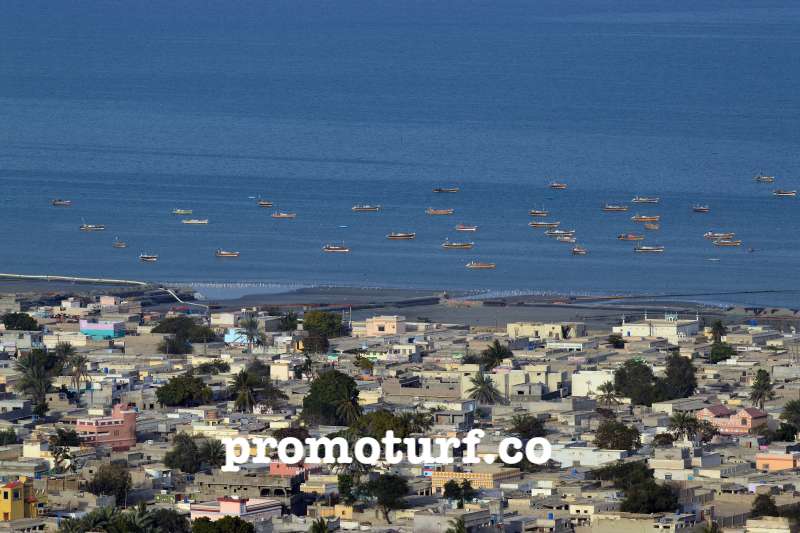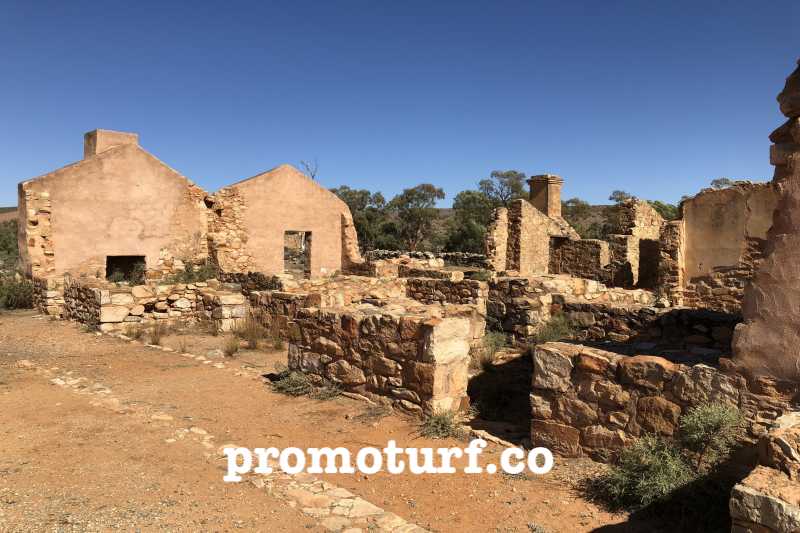Mali, a country located in West Africa, is home to several historically rich and culturally diverse cities. These cities offer a blend of ancient traditions, modern influences, and unique landscapes that attract tourists and historians alike. In this article, we will explore the most famous cities in Mali, delving into their history, importance, and what makes them so special.
Bamako: The Heart of Mali’s Capital
The Significance of Bamako
Bamako, the capital city of Mali, is the country’s largest urban center. Known for its bustling markets, vibrant culture, and political significance, Bamako serves as the heart of the country. With a population of over two million people, the city is a melting pot of traditions and modern influences.
Reminder: Bamako is the political and economic hub of Mali. It is also the primary gateway for international visitors.
Tourist Attractions in Bamako
Bamako is home to several must-visit landmarks. The National Museum of Mali showcases the rich cultural heritage of the country. The city’s lively markets, such as the Grand Marché, are perfect for purchasing local crafts and souvenirs.
Note: Bamako is famous for its music scene. The city hosts several music festivals throughout the year.
Famous Cities in Mali: Timbuktu
The Historical Importance of Timbuktu
Timbuktu, often referred to as the “City of 333 Saints,” is one of the most famous cities in Mali due to its historical significance. In the 15th and 16th centuries, it was a major center of trade, culture, and Islamic scholarship. The city attracted scholars and merchants from all over the world.
Note: Timbuktu is a UNESCO World Heritage Site. It is home to ancient mosques and madrasas.
What to See in Timbuktu
Visitors to Timbuktu can explore the legendary Djinguereber Mosque, one of the oldest mudbrick structures in West Africa. The city’s ancient libraries, with manuscripts dating back centuries, offer a glimpse into its scholarly past.
Reminder: Timbuktu offers a unique cultural experience. It is essential to plan visits during cooler months for comfort.
Segou: The Cultural Capital of Mali
The Role of Segou in Mali’s History
Segou is another historically important city located on the banks of the Niger River. Known for its cultural significance, Segou was once the capital of the Bambara Empire. Today, it is renowned for its festivals and vibrant arts scene.
Note: Segou is the center for traditional arts in Mali. Visitors can experience traditional dance, music, and craftwork.
Exploring Segou’s Landmarks
One of Segou’s main attractions is the historic town of Niono, known for its ancient mosques. Visitors can also enjoy a boat tour on the Niger River, offering scenic views of the surrounding countryside.
Reminder: Segou is also famous for its vibrant markets. You can purchase locally made textiles and pottery.
Gao: A Gateway to the Sahara Desert
Why Gao is a Historic Landmark
Gao, located in the northeastern part of Mali, is an ancient city with ties to the legendary Songhai Empire. It was a major center for trade, culture, and Islamic scholarship, much like Timbuktu. The city remains important for its historical significance and role in Mali’s development.
Reminder: Gao is home to many historical structures. These include the tomb of Askia Mohamed, a prominent ruler of the Songhai Empire.
Things to Do in Gao
Visitors to Gao can explore the ruins of the Gao Citadel, which once served as a military stronghold. The city also offers a chance to experience the rich culture of the Tuareg people, who live in the nearby Sahara Desert.
Note: Gao is an ideal stop for history buffs. Its ancient ruins are a testament to the greatness of the Songhai Empire.
Koulikoro: Famous Cities in Mali
Famous Cities in Mali: Koulikoro’s Historical Roots
Located to the east of Bamako, Koulikoro is known for its rich history and cultural heritage. It was once an important center for the trans-Saharan trade routes and remains a significant city in modern Mali. The city is also known for its traditional craftsmanship.
Reminder: Koulikoro has a vibrant cultural scene. It is home to several dance and music festivals.
Famous Cities in Mali: Things to Explore in Koulikoro
Koulikoro offers tourists the chance to explore its traditional markets, where local artisans sell handmade goods. It is also home to the famous “Koulikoro Fish Market,” where visitors can sample fresh local fish dishes.
Note: Koulikoro is a peaceful city. It’s an excellent place to relax and enjoy local cuisine.
Sikasso: Mali’s Southern Gem
The Importance of Sikasso in Mali
Sikasso, located in the southern part of Mali, is a city surrounded by lush landscapes and mountains. Known for its agricultural output, Sikasso plays a vital role in Mali’s economy. The city is also known for its friendly locals and relaxed atmosphere.
Reminder: Sikasso is an agricultural hub. It is known for the production of cotton, rice, and mangoes.
Things to Do in Sikasso
Visitors to Sikasso can explore the nearby Mount Mandingue, a popular destination for trekking and outdoor activities. The city’s vibrant markets offer a wide range of fresh produce, as well as local crafts.
Note: Sikasso has a tropical climate. It is best to visit during the dry season.
FAQ: Common Questions About Famous Cities in Mali
1. What is the Famous Cities in Mali?
The capital city of Mali is Bamako. It is the largest city and serves as the political and economic center of the country.
2. What is Timbuktu famous for?
Timbuktu is famous for its historical importance as a center of trade, culture, and Islamic scholarship during the 15th and 16th centuries.
3. What are the best cities to visit in Mali?
The best cities to visit in Mali include Bamako, Timbuktu, Segou, Gao, Koulikoro, and Sikasso. Each offers unique historical and cultural experiences.
4. Is Mali a safe country to visit?
Mali has regions that are safe for tourists, particularly in well-traveled cities like Bamako and Segou. However, it is essential to stay informed about local conditions and travel advisories.
5. What is the significance of the Niger River in Mali?
The Niger River plays a crucial role in the lives of many Malians. It serves as a source of water, transportation, and trade, especially for cities like Bamako, Segou, and Koulikoro.
Conclusion About Famous Cities in Mali
Mali is home to some of West Africa’s most historic and culturally rich cities. From the ancient sands of Timbuktu to the vibrant streets of Bamako, each city has a unique story to tell. Visiting these cities offers a chance to experience the country’s deep cultural roots, historical landmarks, and vibrant local life. Whether you’re a history lover or a cultural enthusiast, Mali’s cities are sure to captivate you.



